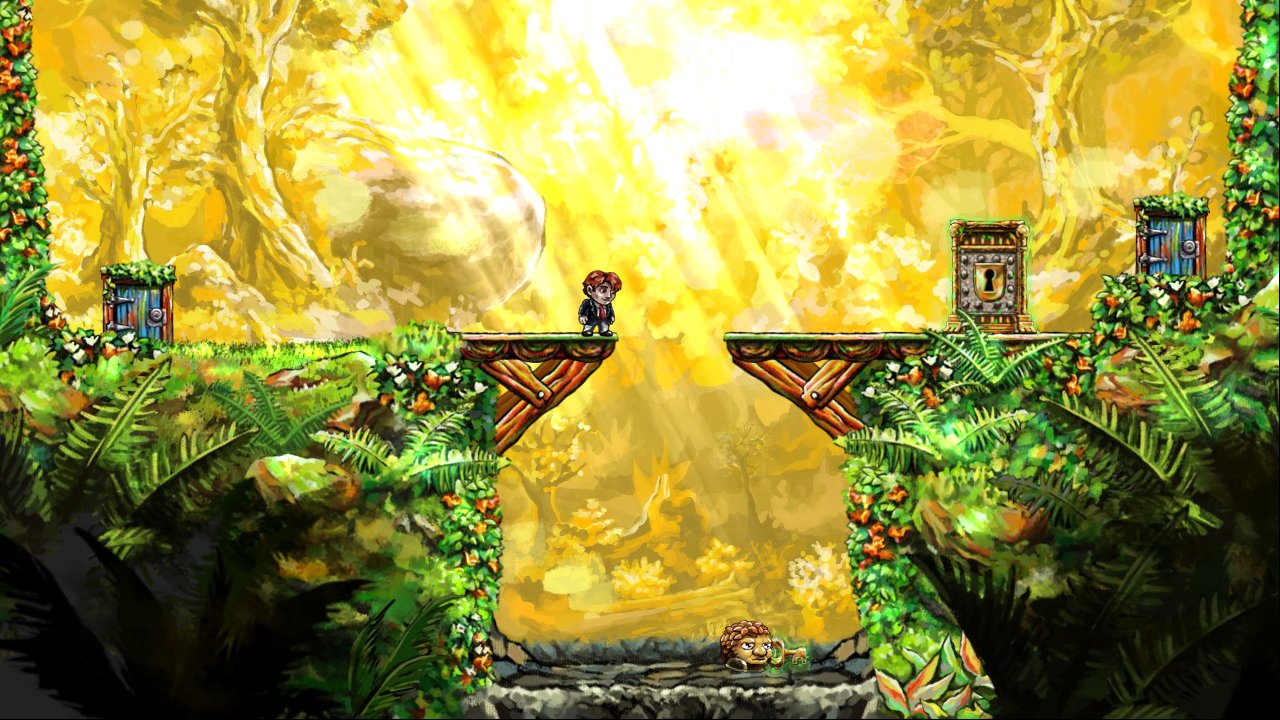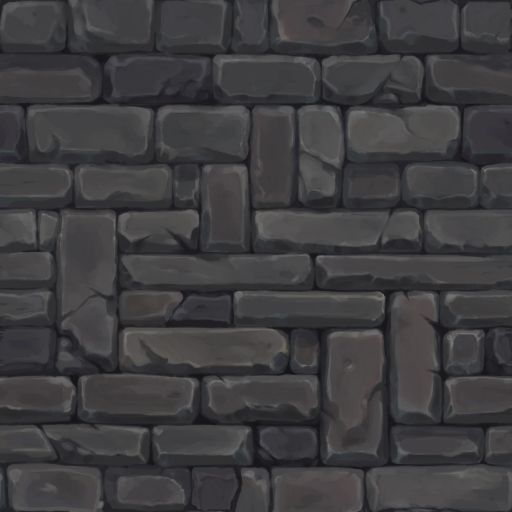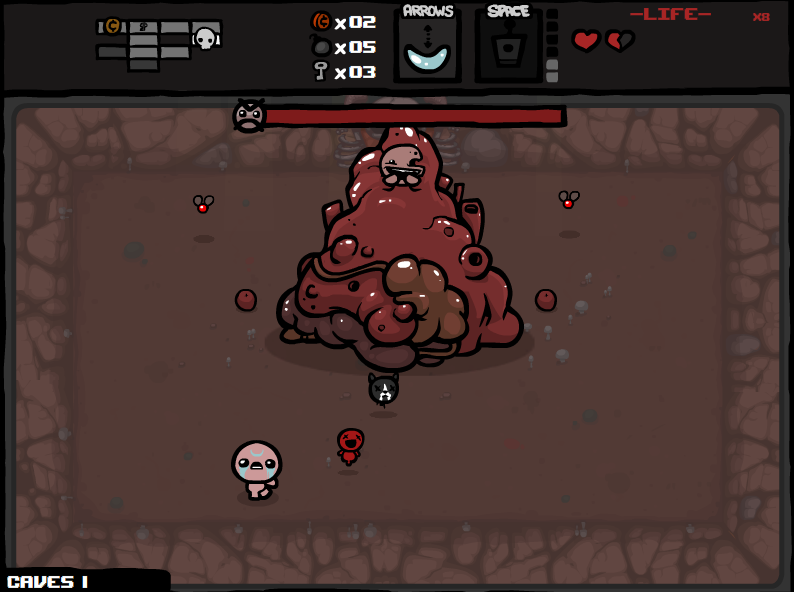So its like doing a character in Gimp in 1920 x 1080. Then, resize it to multiple sizes and edit it.
That's really extreme. You could make it that hi-res, but I very much doubt it'd benefit your game.
What is the screen resolution of your target devices? How big will your character appear on those devices? Unless you are having a close zoom-up on the character's nostril hairs, 1920x1080 resolution of a character seems excessive. Ofcourse, I'm not sure what kind of game you are making. You posted screenshots of three side-scrolling games - the characters in those screenshots only are taking up a very tiny portion of the screen. I wouldn't make those characters very large at all.
You can, if you want to, draw your characters using a tablet or pen and paper, and then scale down the characters before adding finer detail - if that's easier for you. But I wouldn't ship 1920x1080 resolution characters with the game. I wouldn't even ship 256x256 res characters! Well, maybe, what with the iPad's stupid-large resolution displays, but 256x256 would be about as high as I'd go, and even that is pushing it for me.
If this is your first game, it's probably more important to release a game, then to worry too much over resolutions.
Well that does explain a lot. I have read that usually raster art usually cost on target devices memory. Is that like accurate?
Entirely depends on the game.
I mean if i were to make an mobile game with raster art would it limit my game's scale in sense of content in art?
Not really. It depends on the nature of your game, though. If you are using tile-art or otherwise assembling areas out of pieces of graphics, it's unlikely to be a huge restraint. The primary restraint is on the total amount of memory your game has loaded
at one time. By re-using art pieces (either as tiles, or as textures arbitrarily placed and scaled and rotated), you can have very large worlds.
There's also some restraint on how large, byte-wise, your game is when downloaded over the internet, but that's also not too big of a deal for 2D games - as long as you aren't shipping absurdly high resolution artwork.
However, if you are hand-drawing each area as a huge large image, then yeah, that'd quickly add up in a bad way.








(DCS)-15.jpg)




